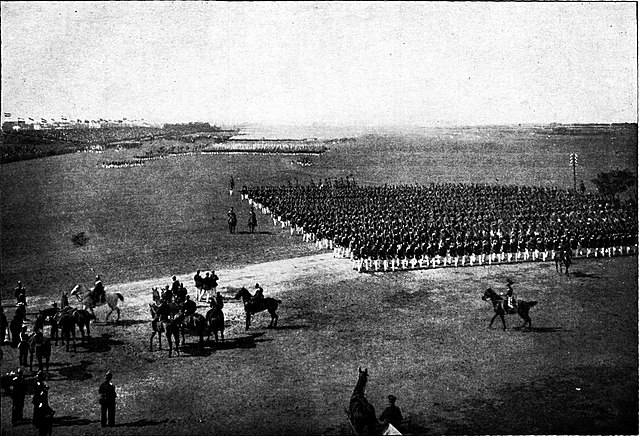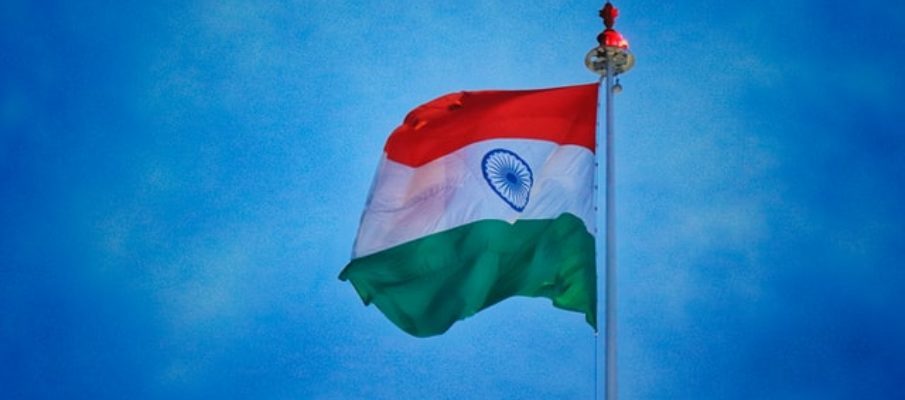The National holiday of India, Republic Day, is celebrated all over the country. India is a union of different states. According to the Indian Constitution, India is a Sovereign Socialist Secular Democratic Republic with a parliamentary system of government.

Republic Day is commemorated every year in India. The reason is to honor the date on which the Constitution of India came into effect. After 200 years of British reign, India acquired its independence on 15th August 1947. However, the country did not have a permanent constitution. There is a long journey and struggle behind the formation of it. However, not many of us remember the story behind it.
So with Republic day at the doorsteps, let us reminisce the history behind the day.
The Government of India Act of 1919:
The establishment of the Government of India Act was in 1919. It was to expand native participation in the government. It was an appreciation for India’s role in world war I. Some of the main features of this act are:
- Separate Preamble & End of Benevolent Despotism.
- Introduction of Diarchy.
- Indian Executive.
- Bicameral Legislature.
- Establishment of Public Service Commission.
- Extension to Communal Representation.
- Central Legislature and more.
However, the act failed. One of the main reasons behind this was the inadequate provision.
The Government of India Act of 1935:
The Government of India Act 1935 was another step towards the radical Indian Government. The act was divided into two parts to function properly: The Government of India Act, 1935 & The Government of Burma Act,1935

The act was based on the Simon Commission Report. The recommendations of the Round Table Conferences and the Report of the Joint Select Committees also played a crucial role.
Some salient features of the acts are:
- All India Federation
- Provincial Autonomy
- Division of subjects between the Center and the Provinces
- Dyarchy at the Center
- Bicameral legislature
- Abolition of India Council and more.
The implementation of the act was for the welfare of native Indians. However, it was unable to deliver anything promised. Nevertheless, the act holds a significant influence on Indian history. As It leads to the urge for independence.
The constitutional assembly of 1948:
Around the year of 1946, the country was about to get its independence. A cabinet mission was dispatched from Britain to India for the discussion of modalities for the transfer of power.
In august of 1947, there was a proposal for the creation of committees. Around that time, a drafting committee was founded. Besides, the Constituent Assembly elected representatives to draft a constitution for India. And the chairperson of this committee was Dr. Ambedkar. His role in the formation of the Indian constitution is undeniable.
The first task of the drafting committee was to free India through a constitution. Moreover, they aimed to feed the starving people and to clothe the naked masses. It is to give every Indian the opportunity to develop individuals according to their capacity. The constituent assembly took 2 years, 11 months, and 17 days to frame the constitution.
The Constitution of 1950 & the Republic Day:

The Indian constitution started functioning on 26th January 1950. The Republic of India is one of the most crowded democracies in the world. And the constitution is the longest sovereign framework.
The original text of the Constitution included 395 articles in 22 parts and eight schedules. Furthermore, the Constitution delivers for a Parliamentary form of government with a federal system.
It assures six fundamental rights to every Indian citizen. They are as follows:
- right to equality
- right to freedom
- Authority against exploitation
- right to freedom of religion
- cultural and educational rights, and
- right to constitutional remedies.
One of the main features of the Indian constitution is that it evolves with time. After 100 amendments, the number of articles has expanded. It contains 448 articles. Every year Republic day is celebrated with the parade, as the main attraction of the day. Except that there are flag hoisting ceremonies and other cultural programs.

